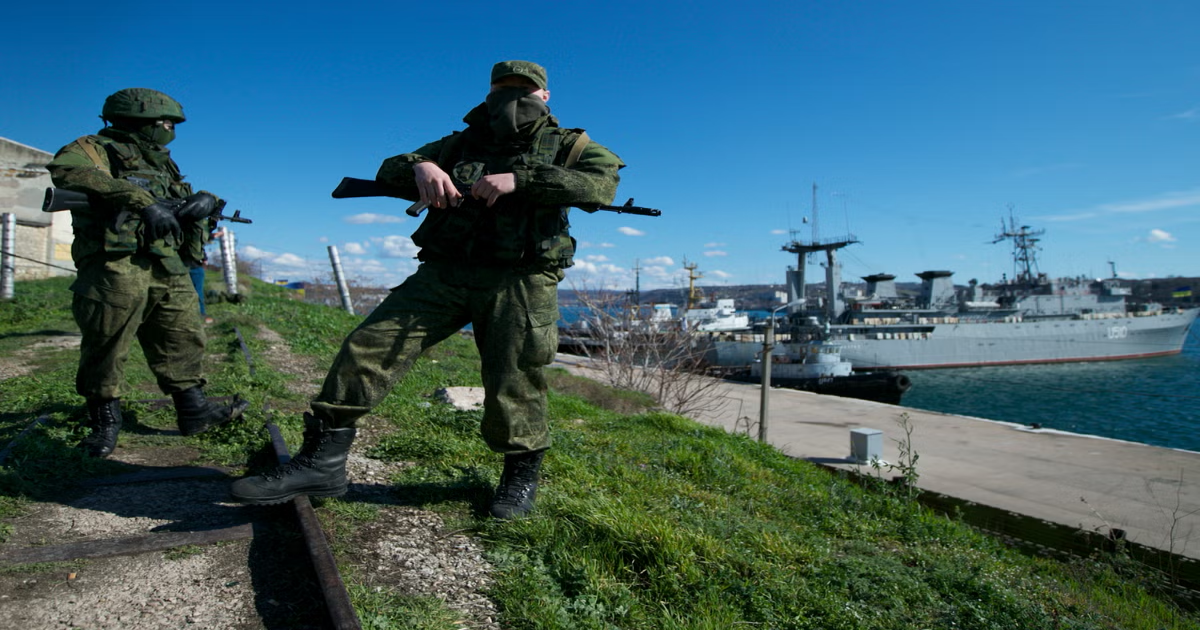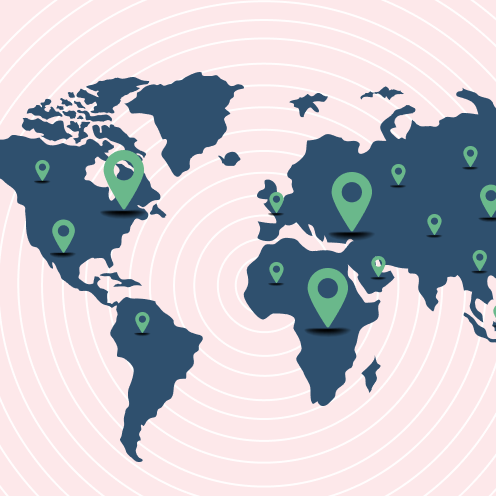
Crimea, a peninsula jutting into the Black Sea, has become the focal point of escalating tensions between Russia and the West, sparking a fresh dispute between US President Donald Trump and Ukrainian President Volodymyr Zelensky.
The disagreement centres on the status of Crimea, which Russia seized from Ukraine in 2014, an action that triggered the worst East-West standoff since the Cold War.
Mr Trump pressed Mr Zelensky to acknowledge Russia’s claim to Crimea as part of a US-brokered peace agreement to resolve the ongoing conflict in Ukraine.
However, Mr Zelensky has remained steadfast, asserting that Ukraine will never relinquish control of the peninsula.
Crimea’s historical ties to Russia date back to the 18th century when Catherine the Great incorporated it into the Russian Empire, along with a significant portion of ethnic Ukrainian territory. Shortly after, Russia established its Black Sea naval base at Sevastopol, solidifying its strategic presence in the region.
The peninsula’s strategic importance has led to repeated conflicts, most notably the Crimean War of 1853-56. This devastating conflict, which claimed over half a million lives, pitted Russia against the Ottoman Empire, supported by Britain and France. The war’s repercussions reshaped the political landscape of Europe and laid the groundwork for World War I.
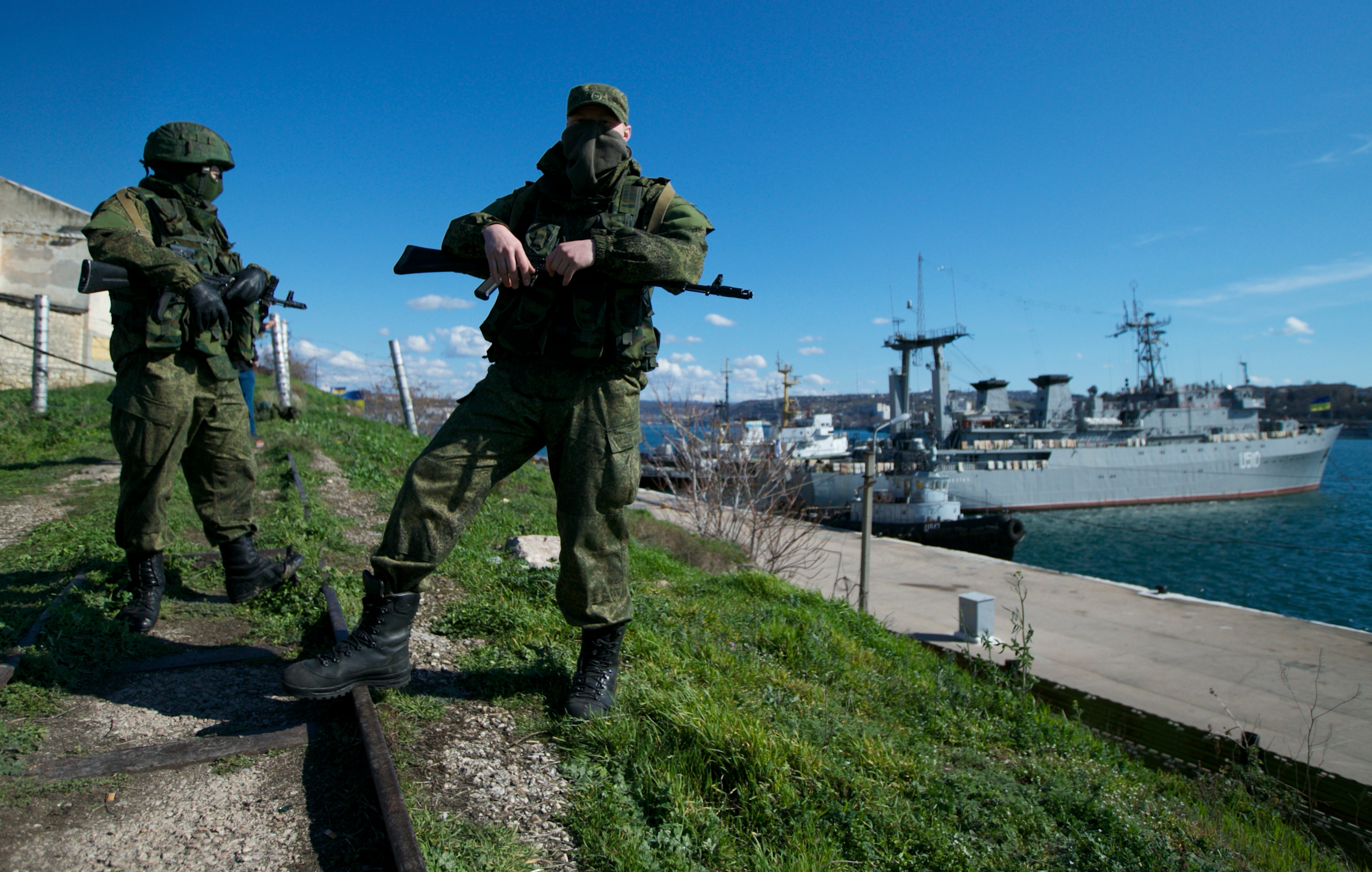
Russian soldiers guard a pier where two Ukrainian naval vessels are moored, in Sevastopol on the Crimean peninsula (AP)
In 1921, the peninsula, then populated mainly by Muslim Tatars, became part of the Soviet Union. The Tatars were deported en masse by Soviet leader Josef Stalin at the end of World War II for alleged collaboration with the Nazis.
Crimea became part of Russia within the Soviet Union until 1954, when it was handed to Ukraine, also then a Soviet Republic, by Stalin’s successor Nikita Khrushchev, a Ukrainian.
After the collapse of the Soviet Union in 1991, there were periodic political tussles over its status between Moscow and Kyiv before Russia captured Crimea by force in 2014.
Russian seizure of Crimea
Russia sent forces into Crimea and seized control of the peninsula after Ukraine’s pro-Russian president, Viktor Yanukovych, was ousted during mass protests in February 2014.
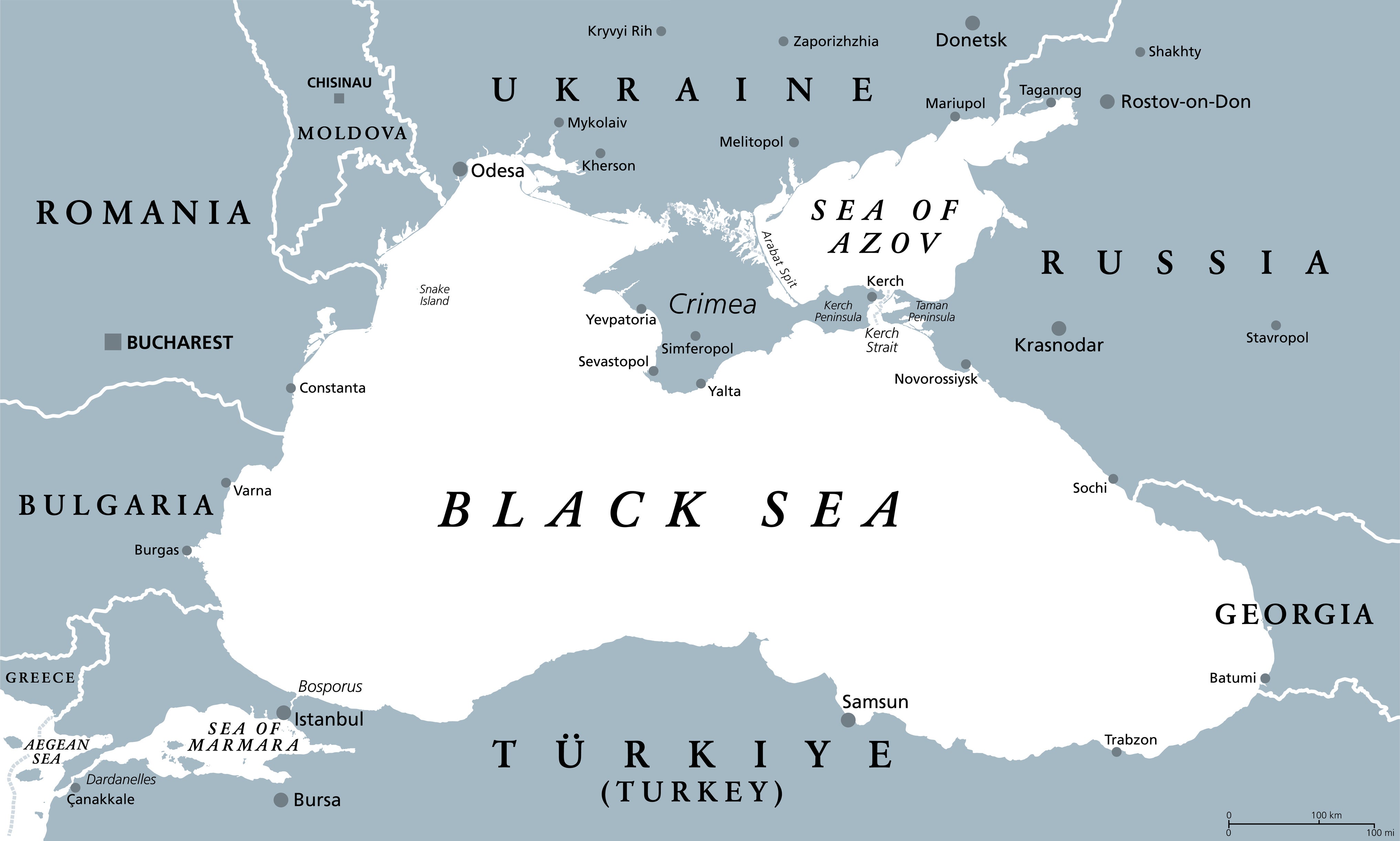
Crimea is a major port on the Black Sea (Getty/iStock)
After Crimea voted in a disputed referendum to become part of Russia, Russia formally annexed Crimea on March 18, 2014, with Mr Putin saying Crimea has always been and remains an inseparable part of Russia.
The United Nations General Assembly, the United States and many other countries condemned the annexation, and the US and the European Union imposed sanctions on Russia over its moves.
Few countries have recognised Crimea as part of the Russian Federation but the Kremlin has said the question has been closed “forever”.
What has Mr Zelensky said about Crimea?
Ukrainian President Volodymyr Zelensky has ruled out ceding territory occupied by Russian forces and has said Ukrainian sovereignty of Crimea must be restored through diplomacy.

A Russian military landing ship sails near Kerch, Crimea (AP)
Military significance of Crimea
Russia’s Black Sea base in Sevastopol, which was leased from Ukraine, gives Moscow access to the Mediterranean.
Russia has frequently used Crimea as a launchpad for missile and drone attacks on Ukraine since sending tens of thousands of troops into the country on February 24, 2022 in what Mr Putin calls a “special military operation”. Ukrainian forces have also fired missiles at Crimea since Russia’s 2022 invasion.
After its full-scale invasion in 2022, Russia enforced a de facto blockade of Ukraine’s Black Sea ports which severely restricted grain exports that had been vital to Kyiv’s pre-war economy. This resulted in a rise in world food prices and the threat of famine in lower-income countries.
A deal known as the Black Sea Grain Initiative was reached in July 2022 to allow safe passage from certain ports but it later collapsed.
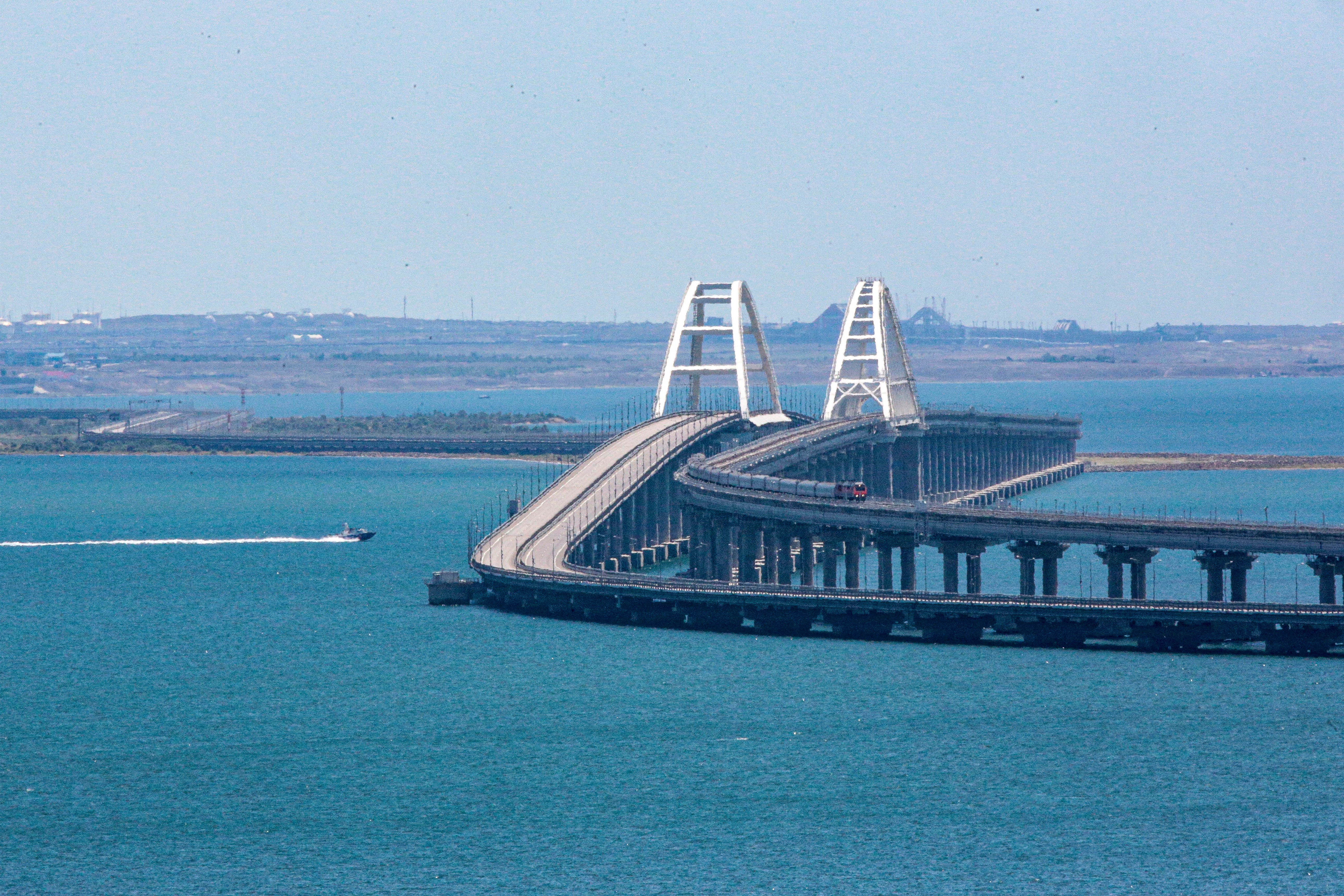
A freight train runs on the Crimean Bridge connecting the Russian mainland and Crimean peninsula over the Kerch Strait (AP)
The geography of Crimea
The mountainous peninsula is attached to the rest of Ukraine by a narrow strip of land in the north. To the east, it is separated from Russia by the narrow Kerch Strait. A bridge built by Russia across the strait has been damaged during the war.
With an area of 27,000 sq km (10,000 sq miles), Crimea is slightly smaller than Belgium, with the city of Simferopol as its capital.
Population
The pre-war population was around 2 million.
Ukraine’s 2001 census showed around 58 per cent were ethnic Russian, 24 per cent ethnic Ukrainian and 12 per cent Tatars.

Youths mark the ninth anniversary of the annexation of Crimea from Ukraine with a banner reading, “Russia doesn’t start wars, it ends them” (AP)
Economy
Crimea’s temperate climate made it a popular tourist destination for Ukrainians and Russians before the Russia-Ukraine war, especially Yalta, where the Soviet, US and British victors of World War Two met in 1945 to discuss the future shape of Europe.
Before the 2022 invasion, it accounted for 3 per cent of Ukraine’s gross domestic product. Wheat, corn and sunflowers are the main crops.
Crimea has chemical processing plants and iron ore is mined in Kerch in eastern Crimea. Ukraine has two grain terminals in Crimea, in Kerch and in Sevastopol.
